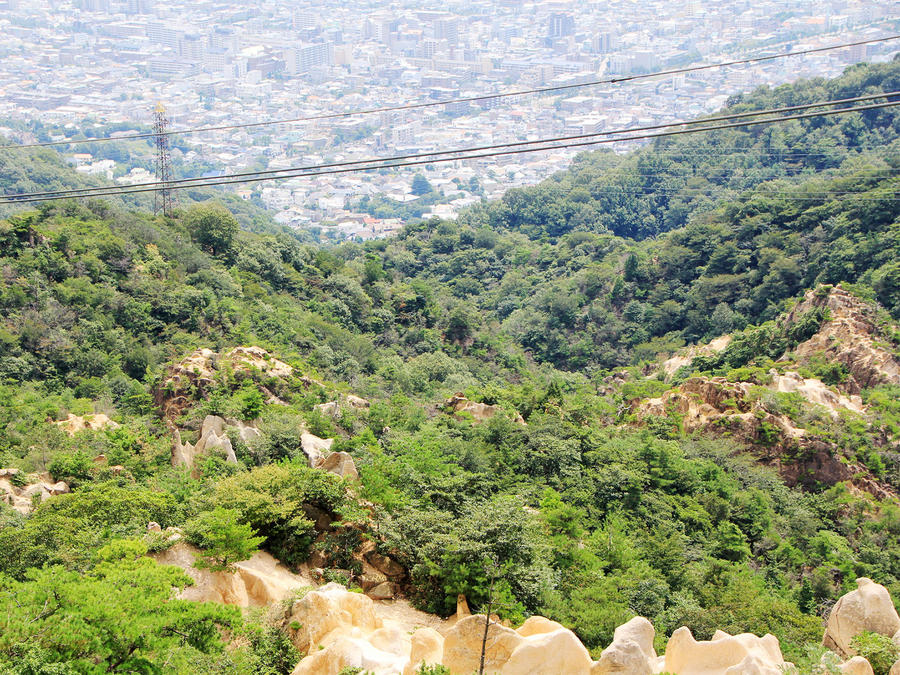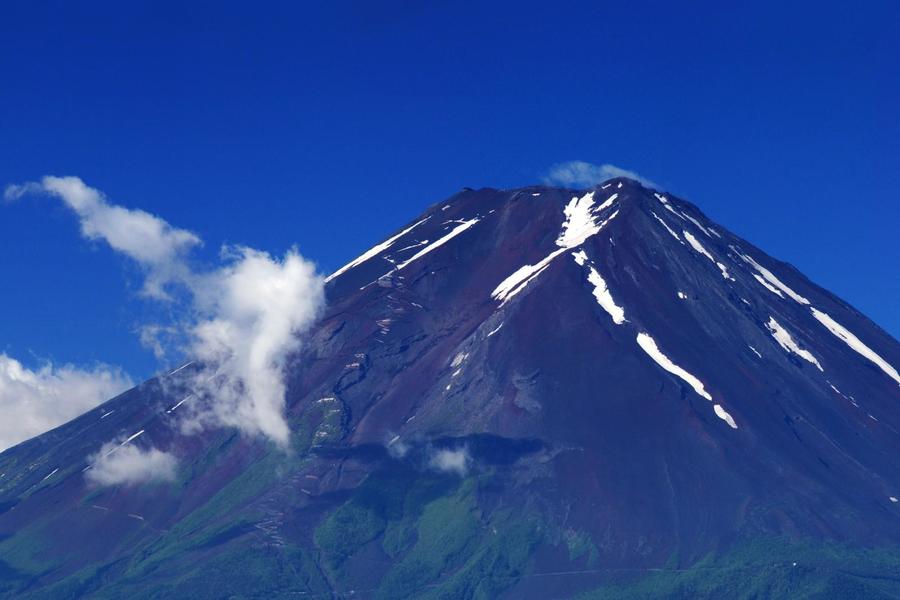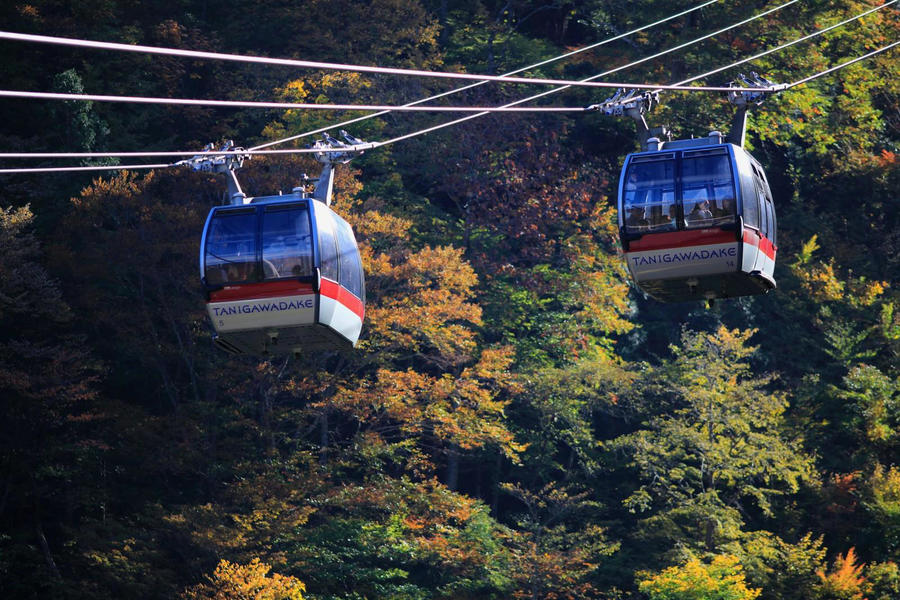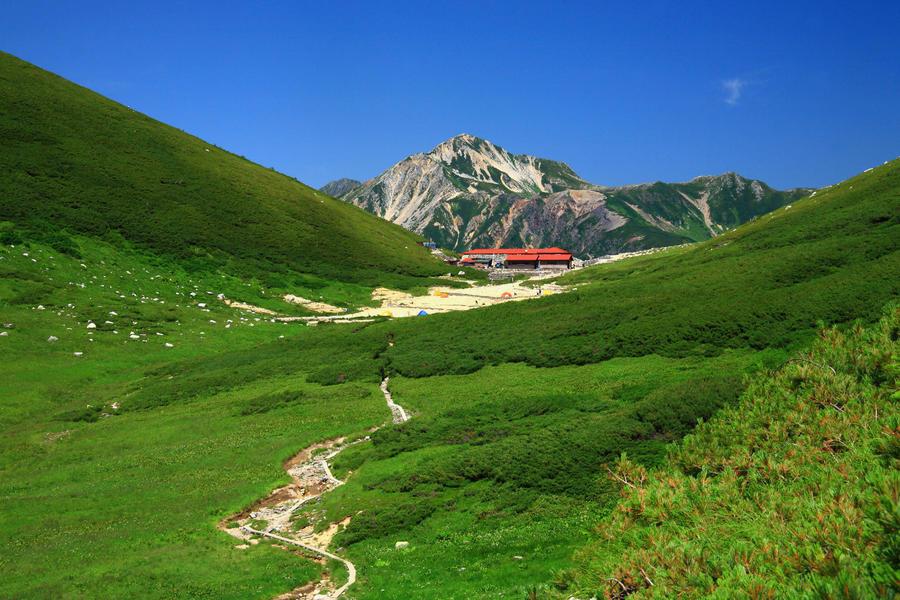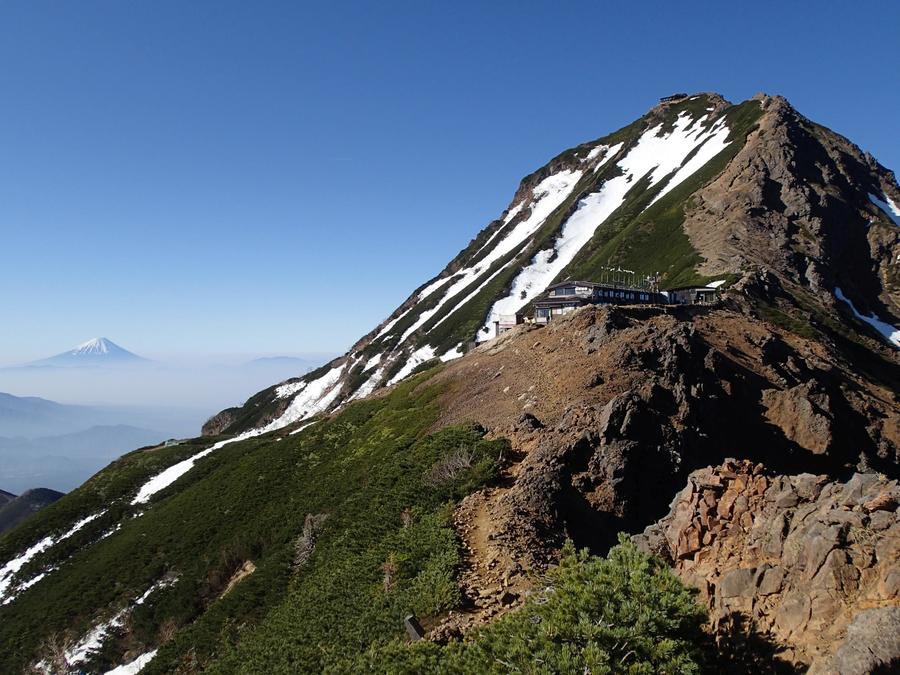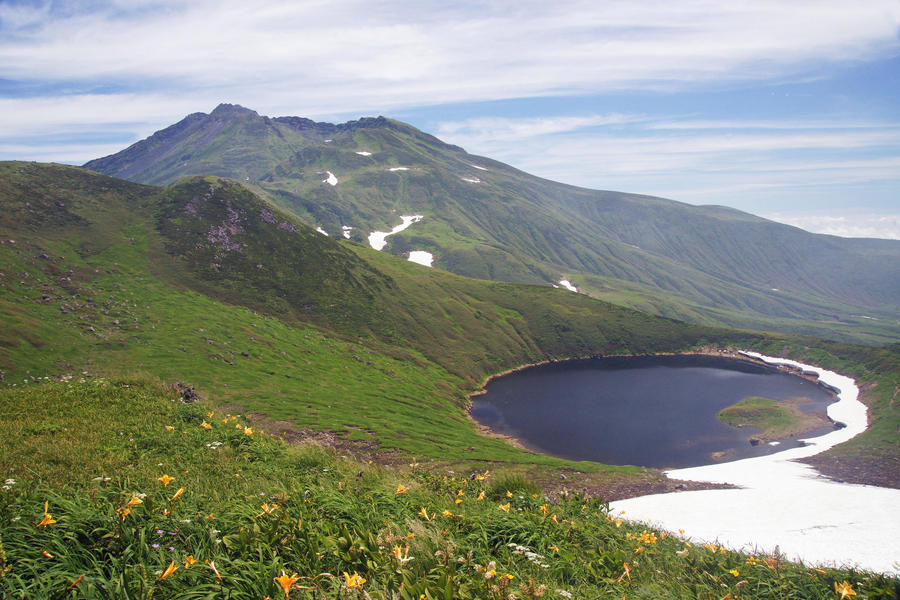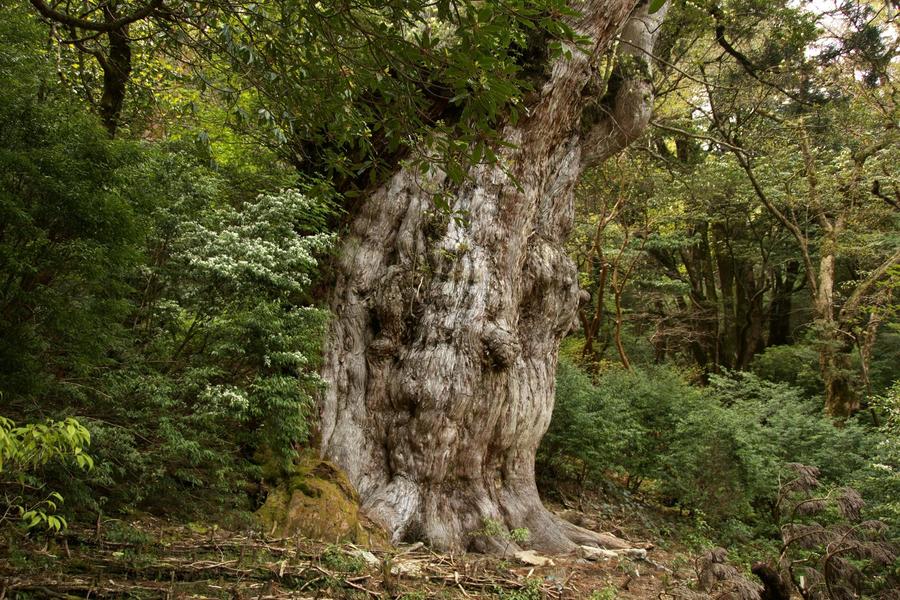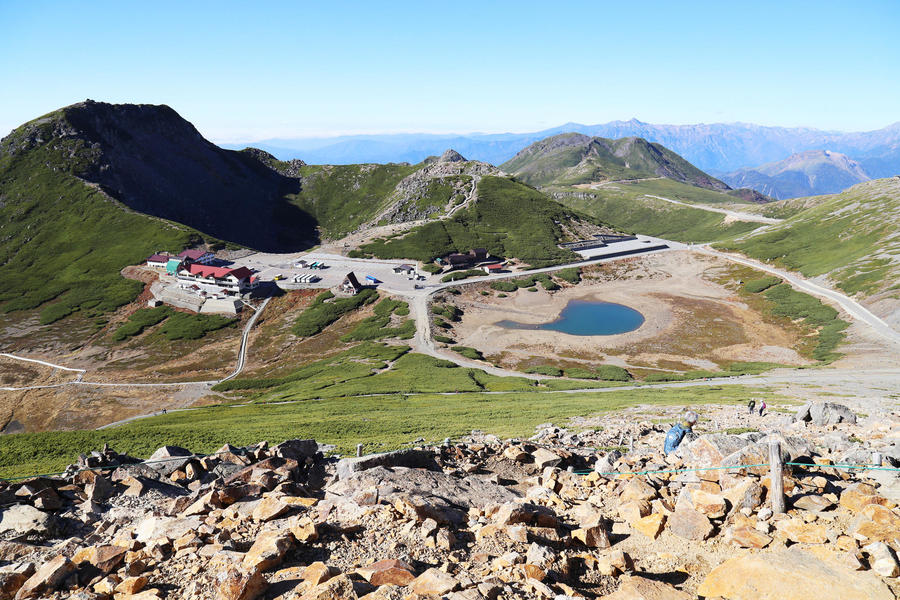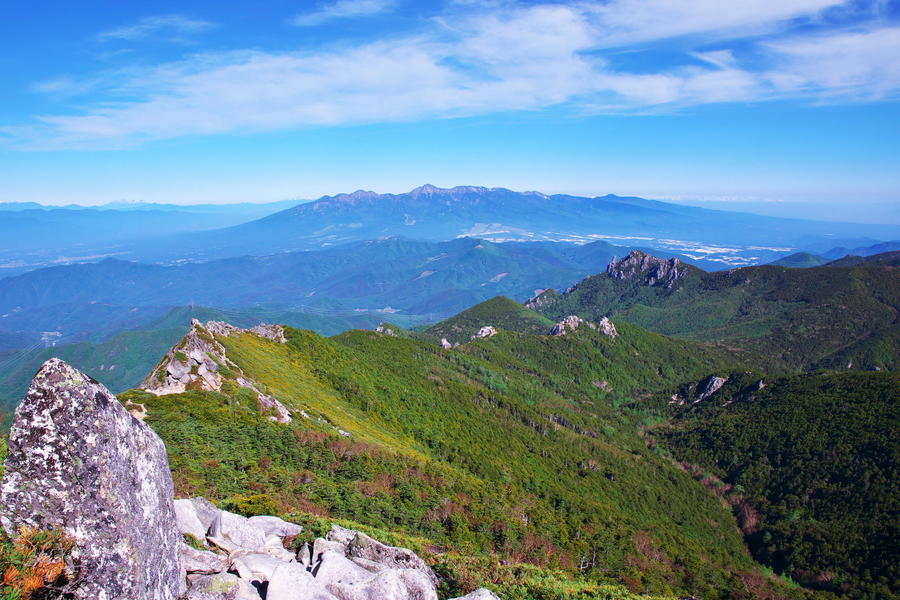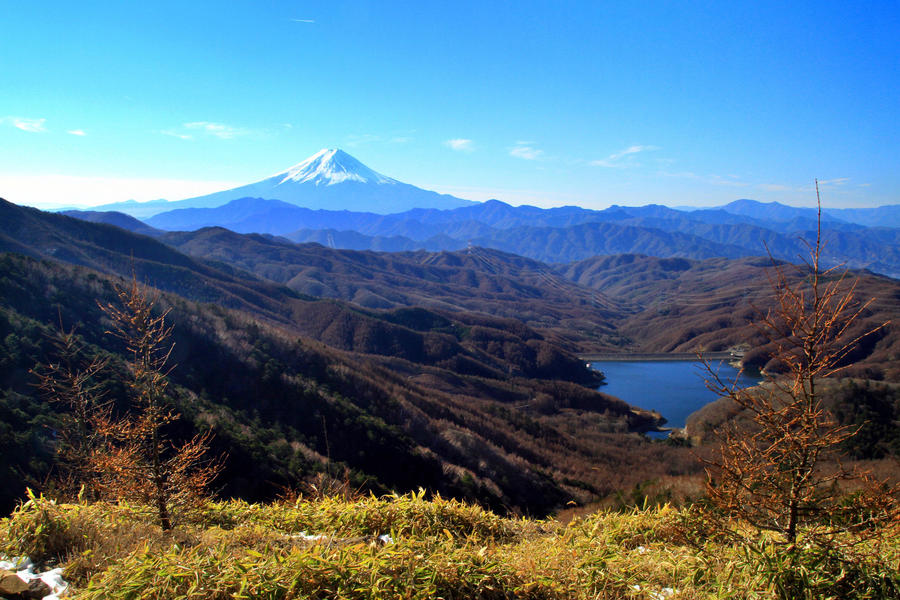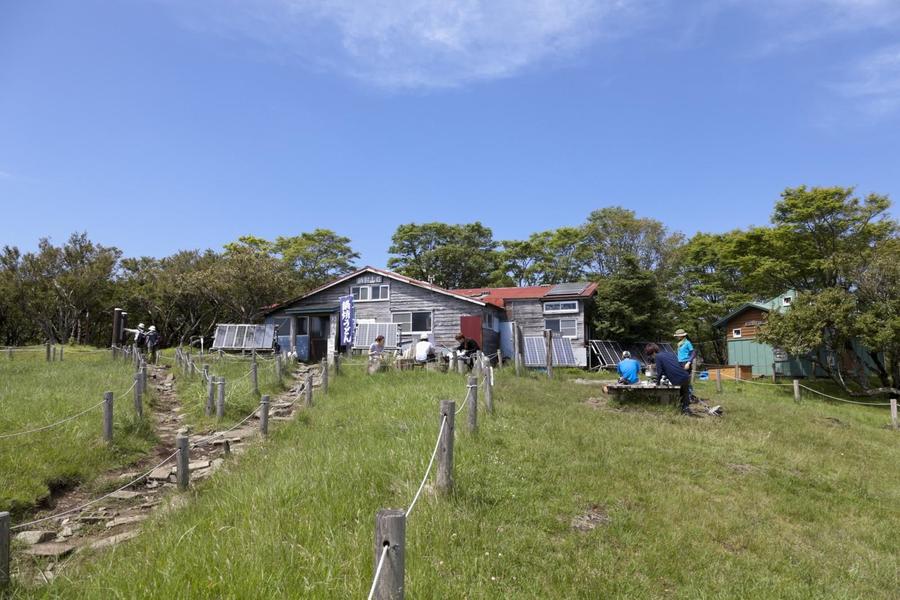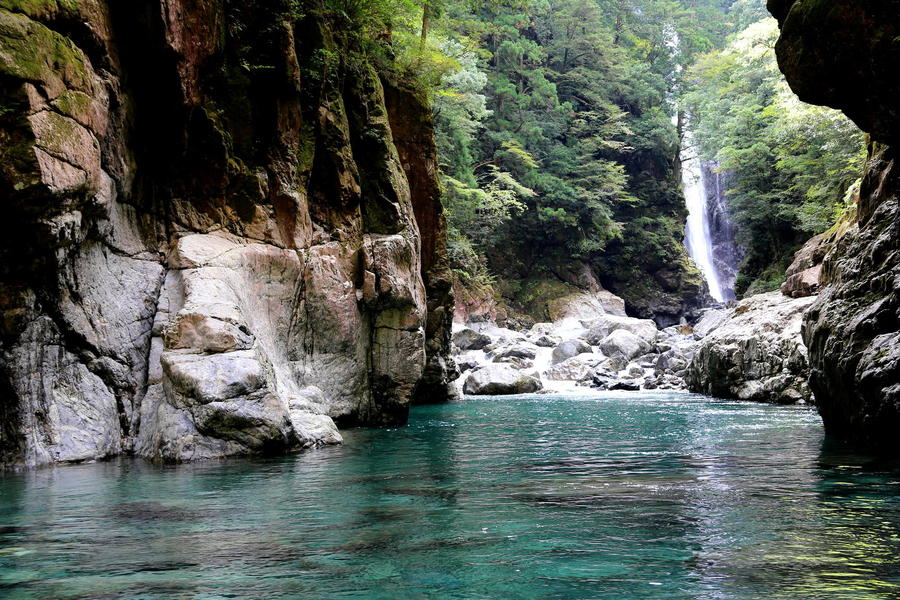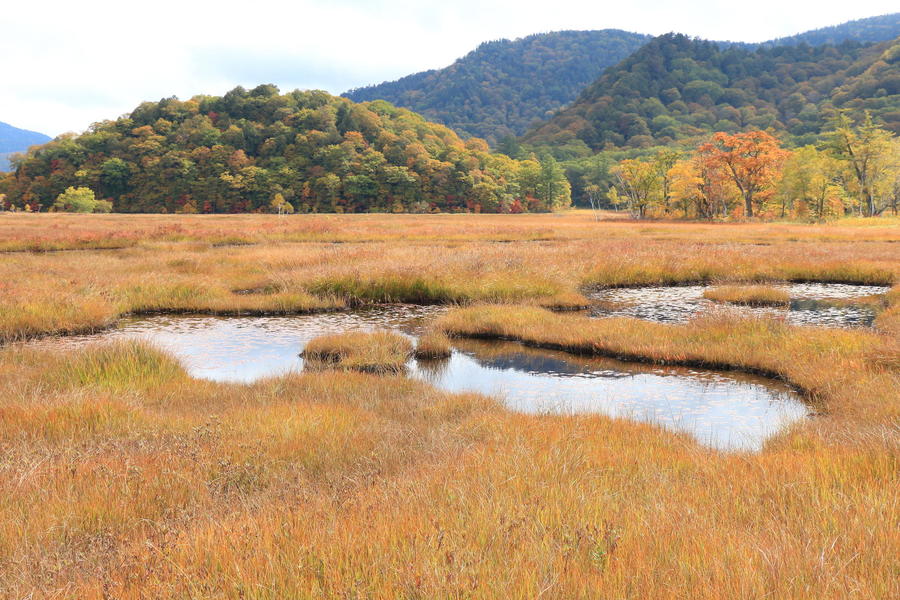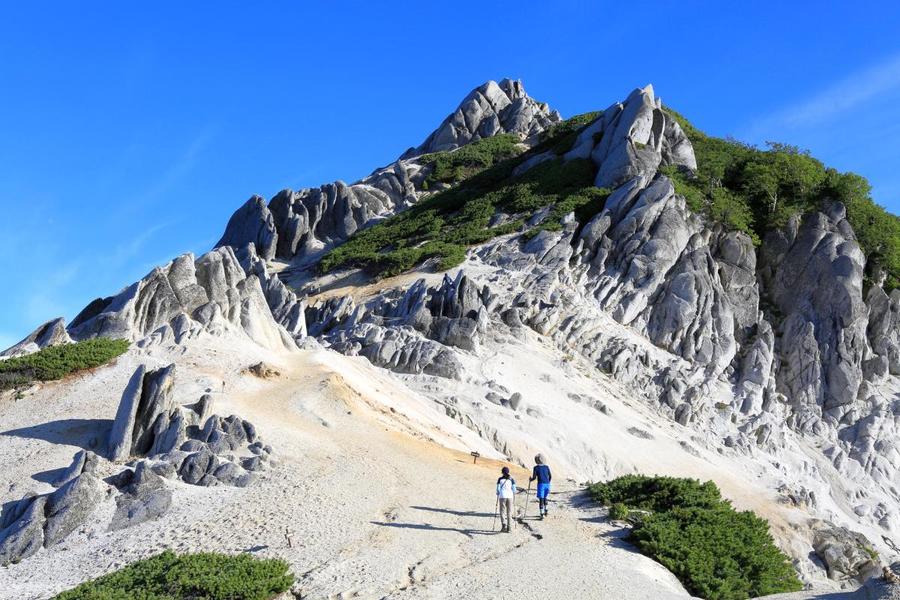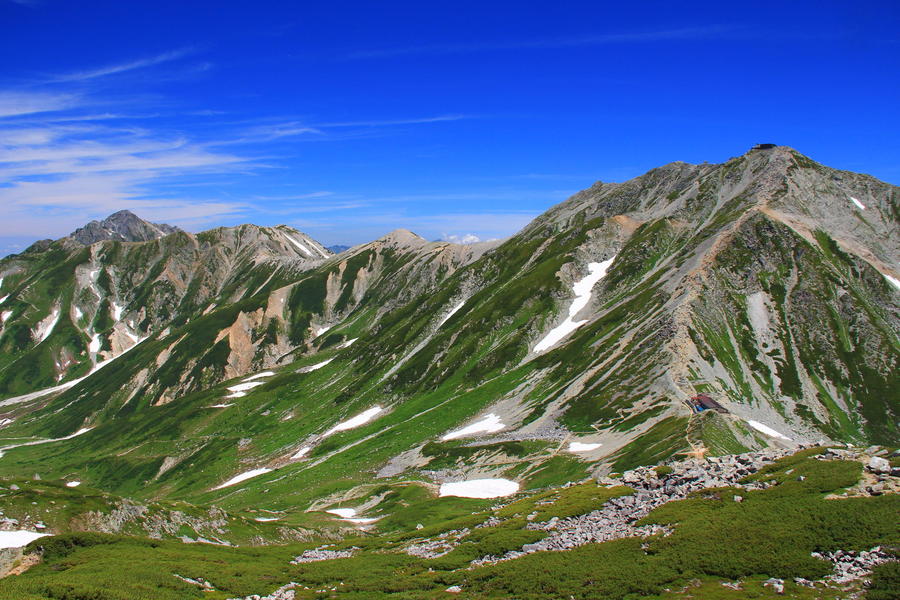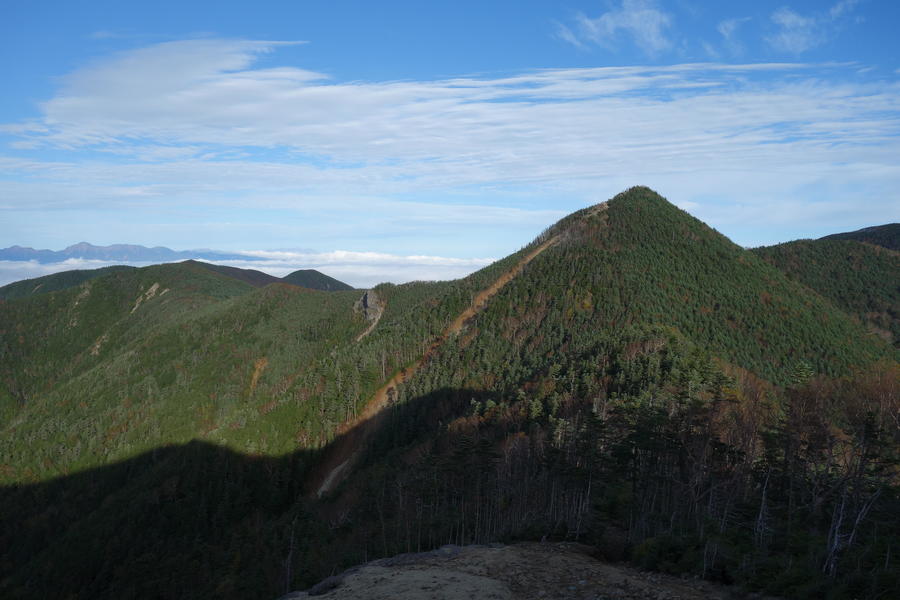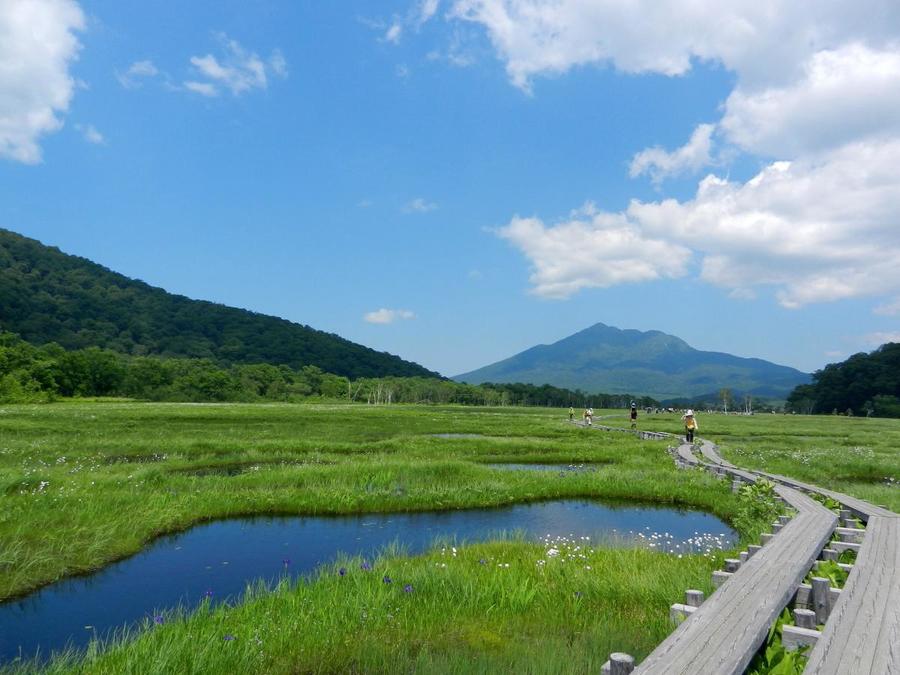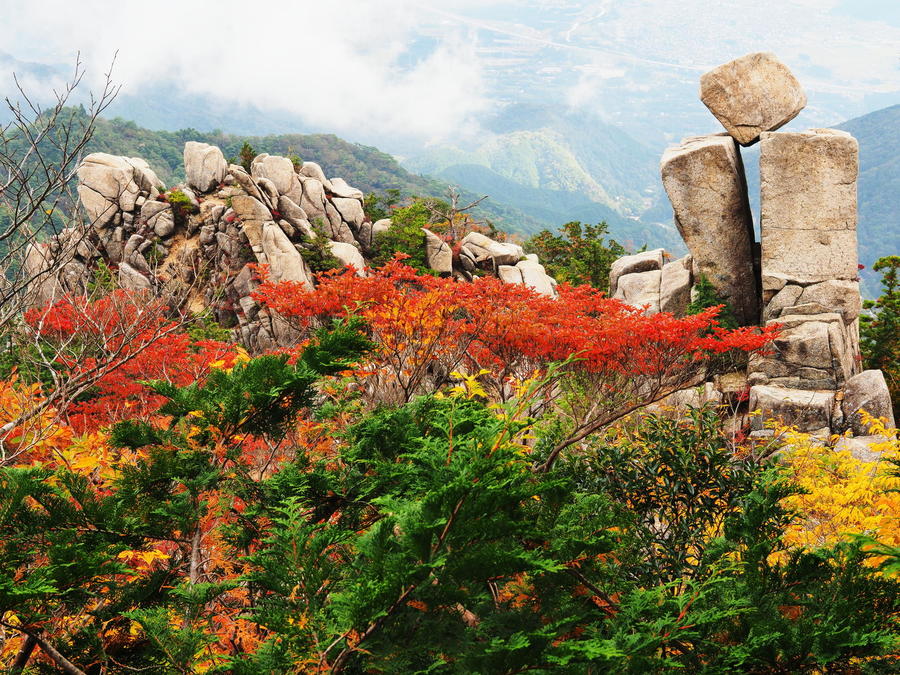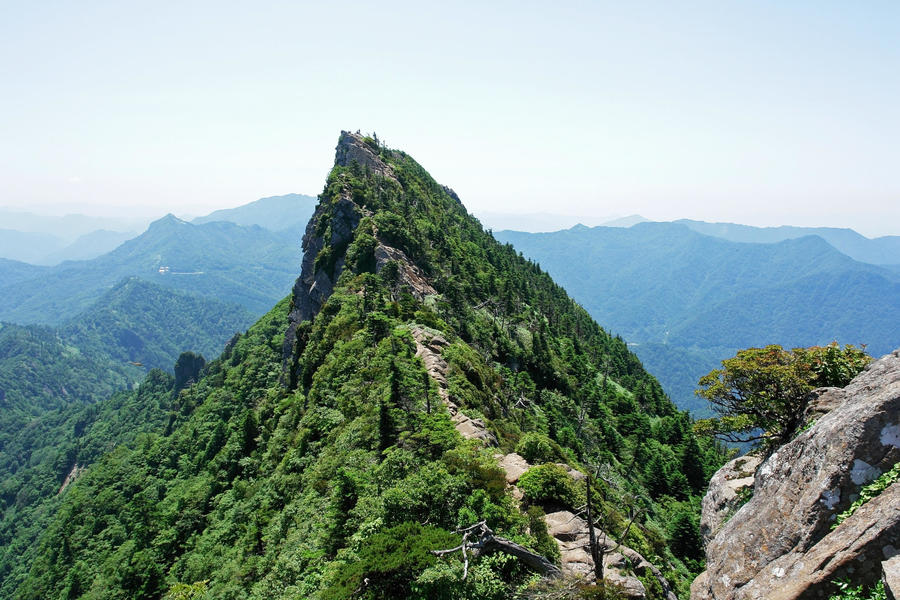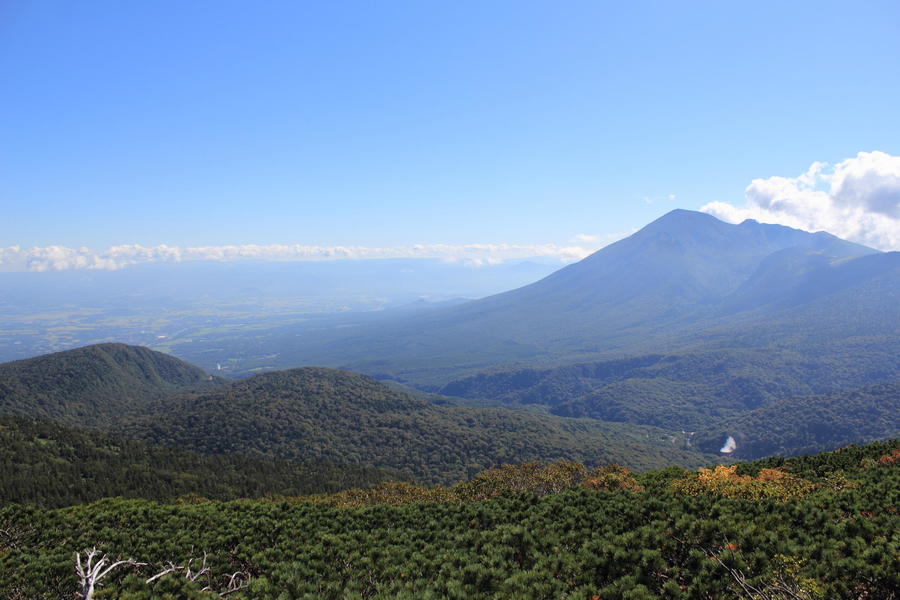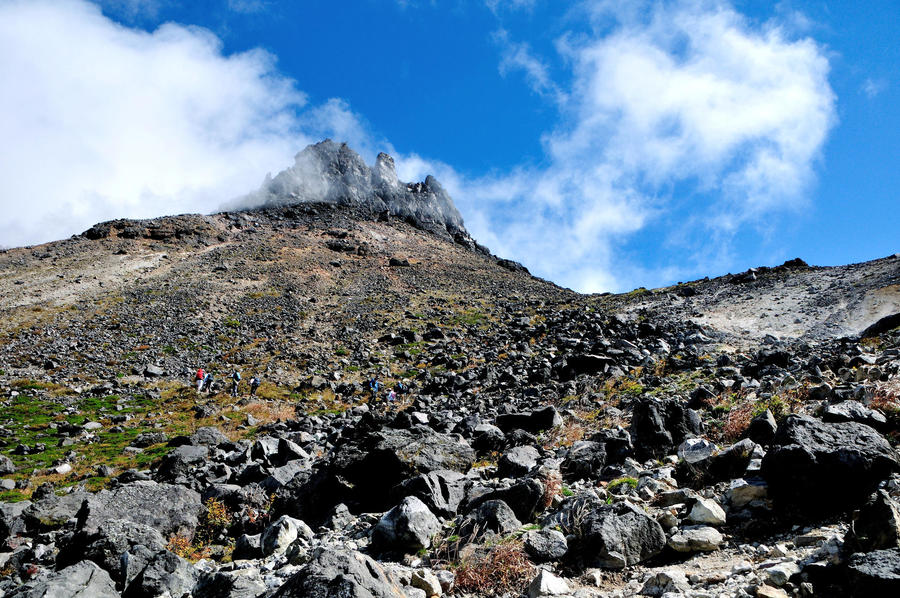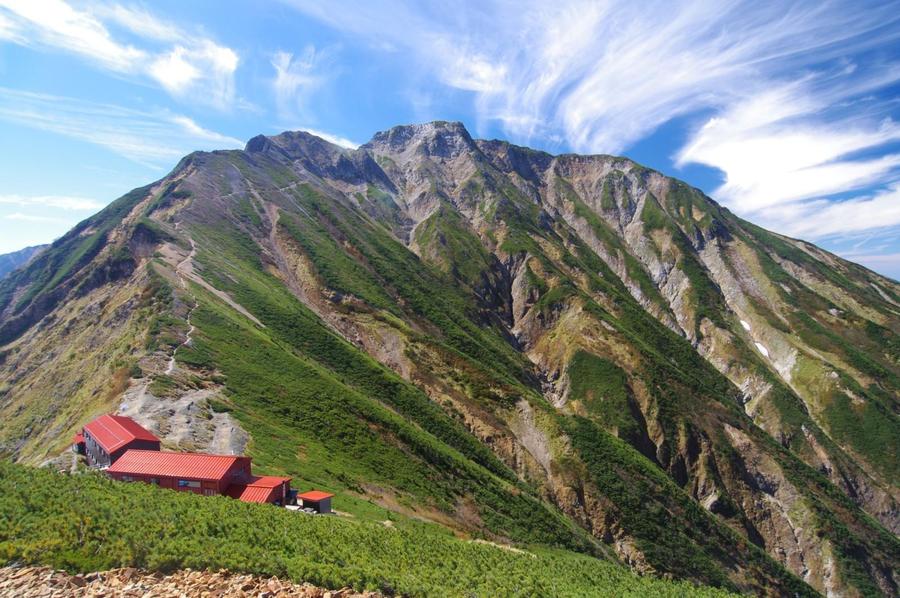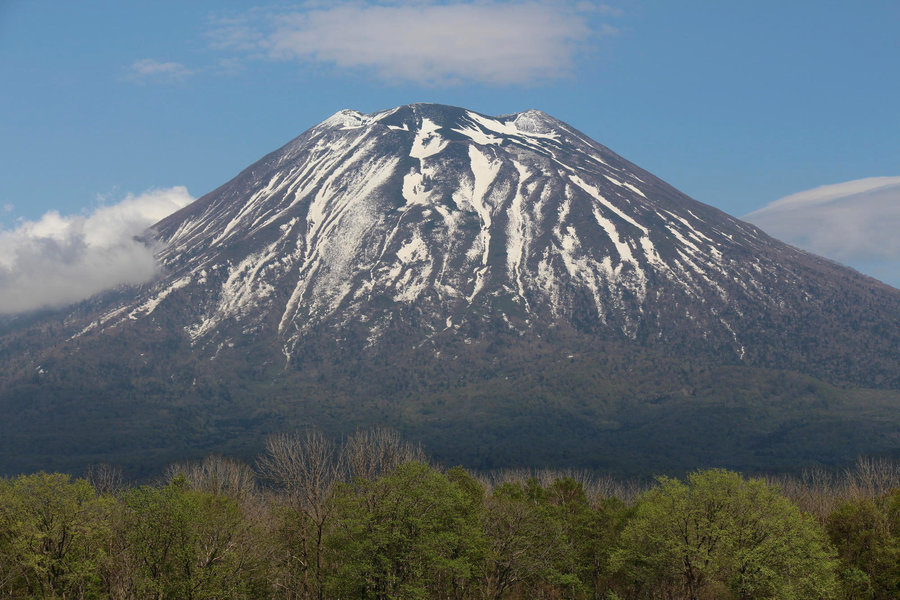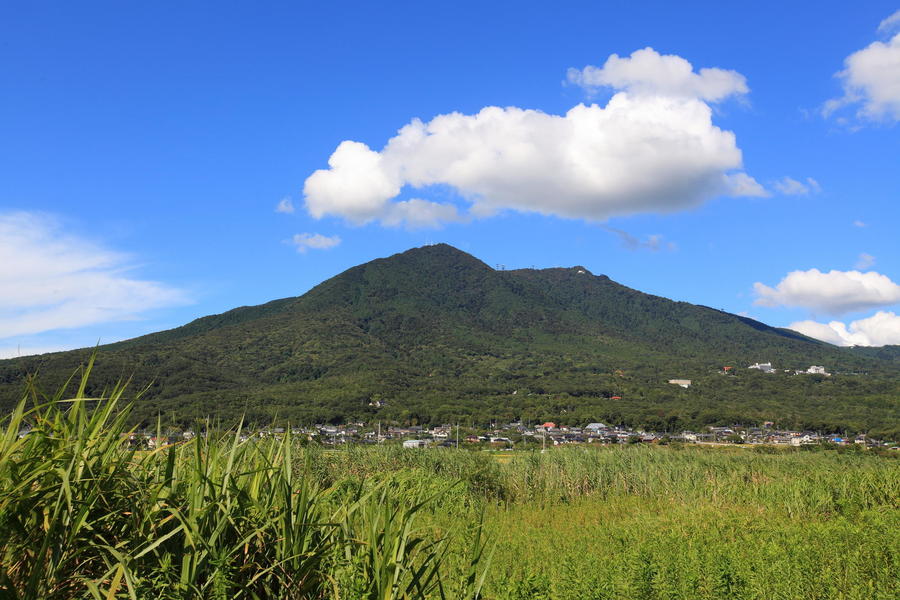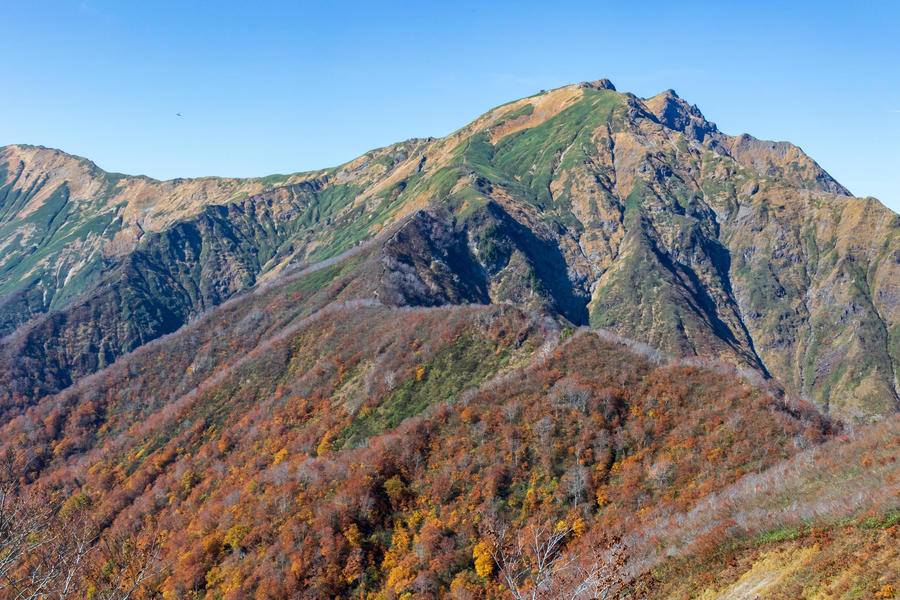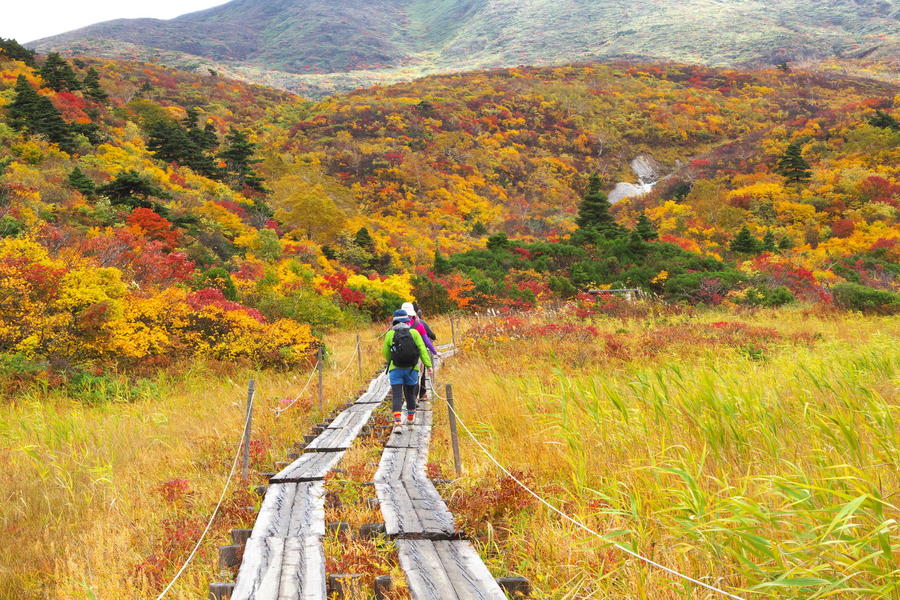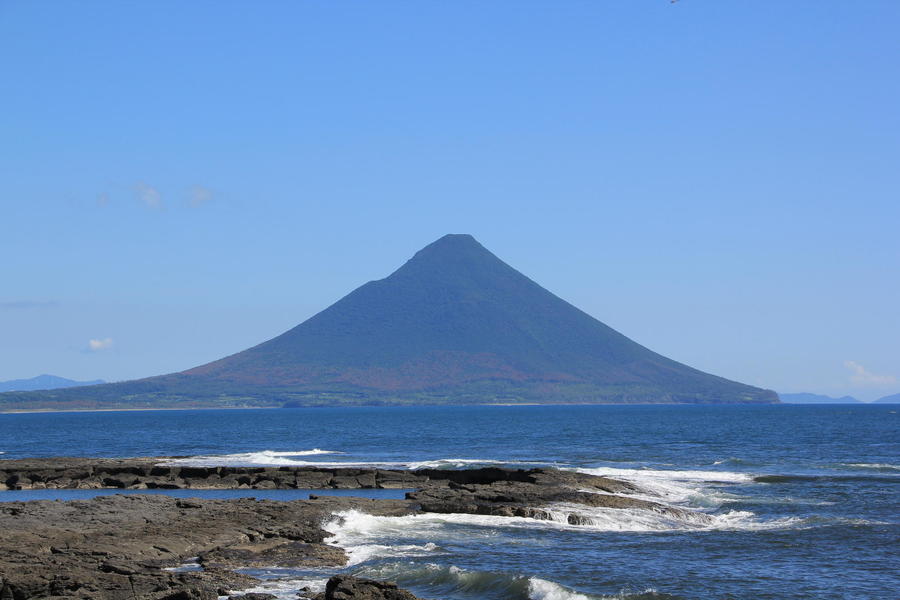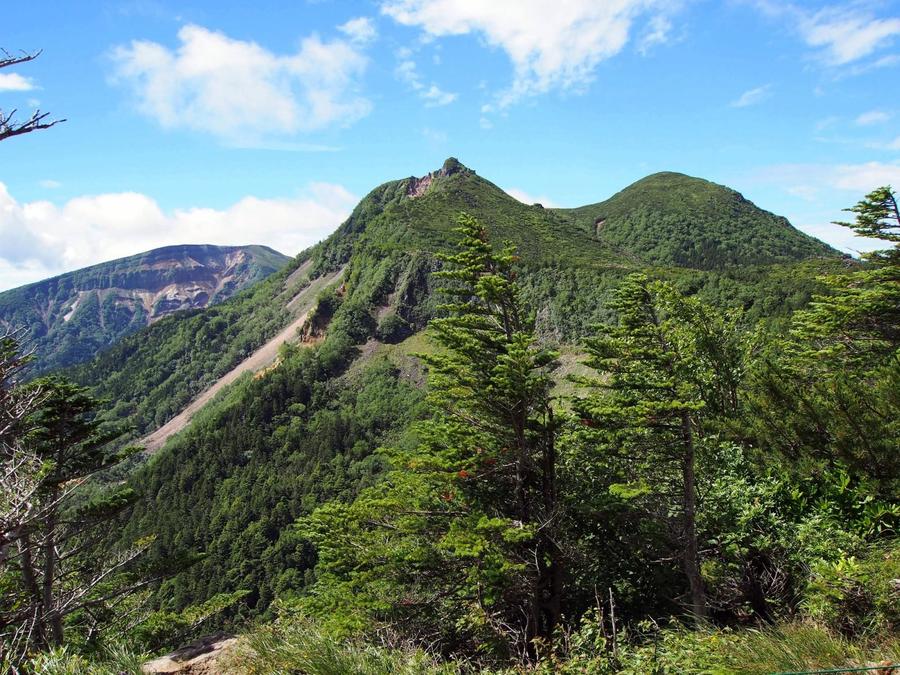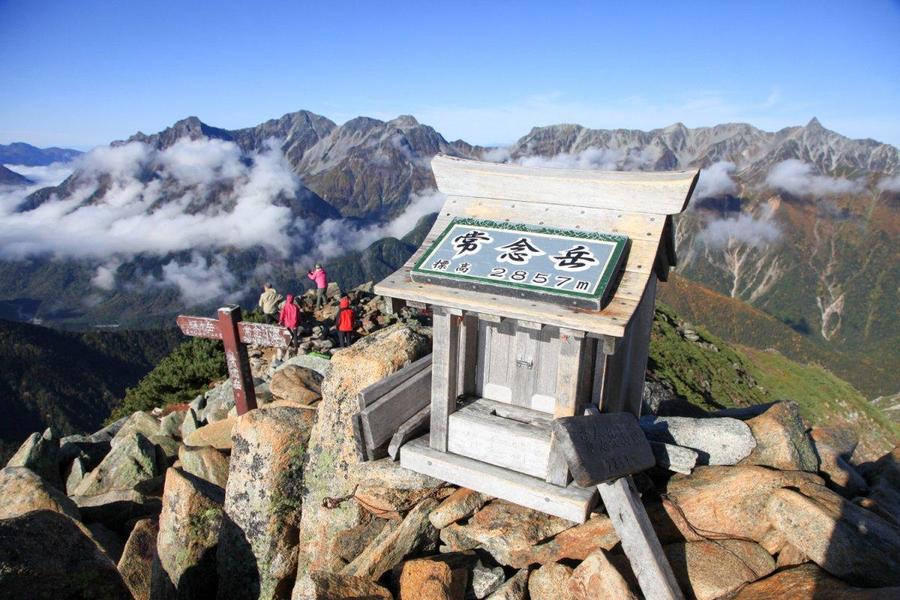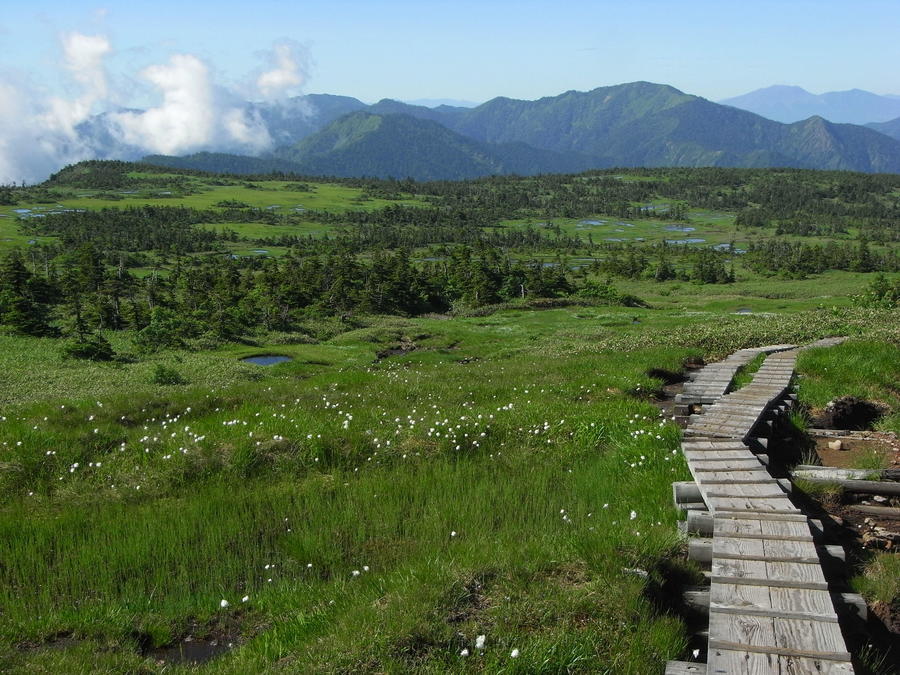Overview of Japan's Mountains, Topography, and Nature
The arch-shaped archipelago of Japan is to the east of mainland Asia, engulfed by the Sea of Japan and the Pacific Ocean. It's composed of several thousand islands of various sizes, including the four main islands of Hokkaido, Honshu, Shikoku, and Kyushu. Mountain ranges connect like a spine running down the center of the archipelago, and approximately 70% of Japan's area consists of mountains and forests. The warm maritime influence of the Sea of Japan's Tsushima Current and the Kuroshio Current of the Pacific Ocean means in summer Japan is relatively hot and humid for its latitude. During winter cold westerly winds passing over the Sea of Japan aid evaporation from the Tsushima Current and together with Siberian high-pressure systems generate lots of snow bearing clouds. As such western Japan gets among the highest levels of snowfall in the world relative to its latitude.

Japan has roughly four seasons: spring, summer, autumn, and winter. The extent of the seasons varies according to latitude and elevation, and the diverse mountain scenery created by forests and accumulated snow is a major draw.
The Japanese archipelago is located at the intersection of four tectonic plates: the Eurasian Plate, North American Plate, Pacific Plate, and Philippine Sea Plate. The stress created by plate subduction results in volcanic activity and earthquakes. About 10% of the planet's volcanic activity and recent large earthquakes have occurred in Japan's vicinity. As of 2019, there are about 110 active volcanoes across the archipelago. While this activity can cause disasters, it's also responsible for the unique volcanic landscapes and hot springs that are among of the country's major draws.
The origins of Japan's mountains also vary. Some are created by uplift from the collision of tectonic plates, while others are the result of volcanic activity. Lots of rain and heavy snowfall leads to intense erosion, making the form and geographical features of each mountain unique.
Japan currently has 34 national parks and almost all of them are famous for their peaks or the mountains, valleys, forests, and wetlands that connect to the coast.
Here we present an overview of Japan's mountain scenery, starting from the coastal areas and rising in elevation to the summits.
| Oceans | All of Japan's mountains are near the sea, including remote islands with high peaks near 2,000 meters like Rishirito Island and Yakushima Island. Swift flowing streams from the mountains carry organic matter from the decomposition of plants to rivers that empty into the ocean. This nourishes plankton, giving rise to the rich fishing grounds of Japan's coastal waters with their abundant seaweed and fish reserves. |
|---|---|
| Forests | With the exception of artificial forests maintained for forestry resources, Japan mostly has mixed woodlands that are lush with vegetation. Broadleaf trees turn different colors according to the season, whether budding, becoming foliage, or losing their leaves. Confers create a dense and mystical atmosphere, while shrubs and wildflowers burst into gorgeous bloom in the spring. In some places moss covers the forest floor. The diversity of plant life that makes up Japan's forests is another great attraction of the mountains. |
| Satoyama landscape | Being such a mountainous country, the people of Japan often live in close proximity to or among the mountains. Their daily lives have been tied to them since ancient times, with terraced rice fields built into hillsides and stepped gardens cut into mountain slopes. They have long been a source of food where people collect nuts and wild vegetables or hunt for forest animals. You can still feel that sense of connection today in the rural foothills or on mountain village paths. |
| Streams and Waterfalls | Japan's abundant rainfall rushes over its steep mountain slopes in multitudes of clear streams, different to the wide murky flows of the continents. They are typically surrounded by vibrant forests forming scenery that's a beautiful harmony of water and plant life. As the streams course down precipitous slopes, they may form waterfalls. There is a diversity of waterfalls throughout the mountains of Japan, from large and thunderous falls to delicate thread-like cascades. Lots of hikes take in waterfalls and streams, whether people head there for canyoning in summer or scaling ice cascades in winter. |
| Lakes and Marshes | The mountains of Japan are covered with lakes and marshes made by volcanic activity or glacial erosion. Some are spectacularly colored by natural compounds and ions, and others have peninsula or cove-like features that make for gorgeous scenery. Forest lakes reflect the seasonal landscapes with their foliage or the fresh green of spring. High-mountain lakes are often surrounded by communities of alpine plants that are great places for hikers to rest. |
| Wetlands | Wetlands can sometimes be found in basins around mountainous areas and near the summits. The meadows that surround the upland ponds dotting the wetlands are radiant green in spring and a glowing amber in autumn. Wetlands have lots of alpine plants with an array of flowers that bloom in season. You can take in the sky and the reflection of grasses and flowers in their ponds while strolling the boardwalks that have been built to protect these plant communities. The dampness of wetlands can lead to an other-worldly fog forming in the morning and evening. |
| Highlands | Highlands are wide expanses of gentle terrain in the mountains. Many are above the tree line and have great views of wide-open grasslands and flowering alpine meadows. They're sometimes used for raising highland vegetables because of the cool climate or as pasture land. Lots of highland areas feature ski fields, and with their accompanying tourist facilities, these resort areas are a fun way to get close to the mountains. |
| Rock Ridges | In high mountains stone ridges run above the tree line providing a wonderful way to stroll above the clouds. Stunning scenery incorporates creeping pine and other low-growing alpine plants with scree slopes covered by stones of various sizes. Some mountains have extensive networks of chains and ladders that let you experience both the fun and challenge of hiking. Generally rock ridges are only accessible in the summer and fall. |
